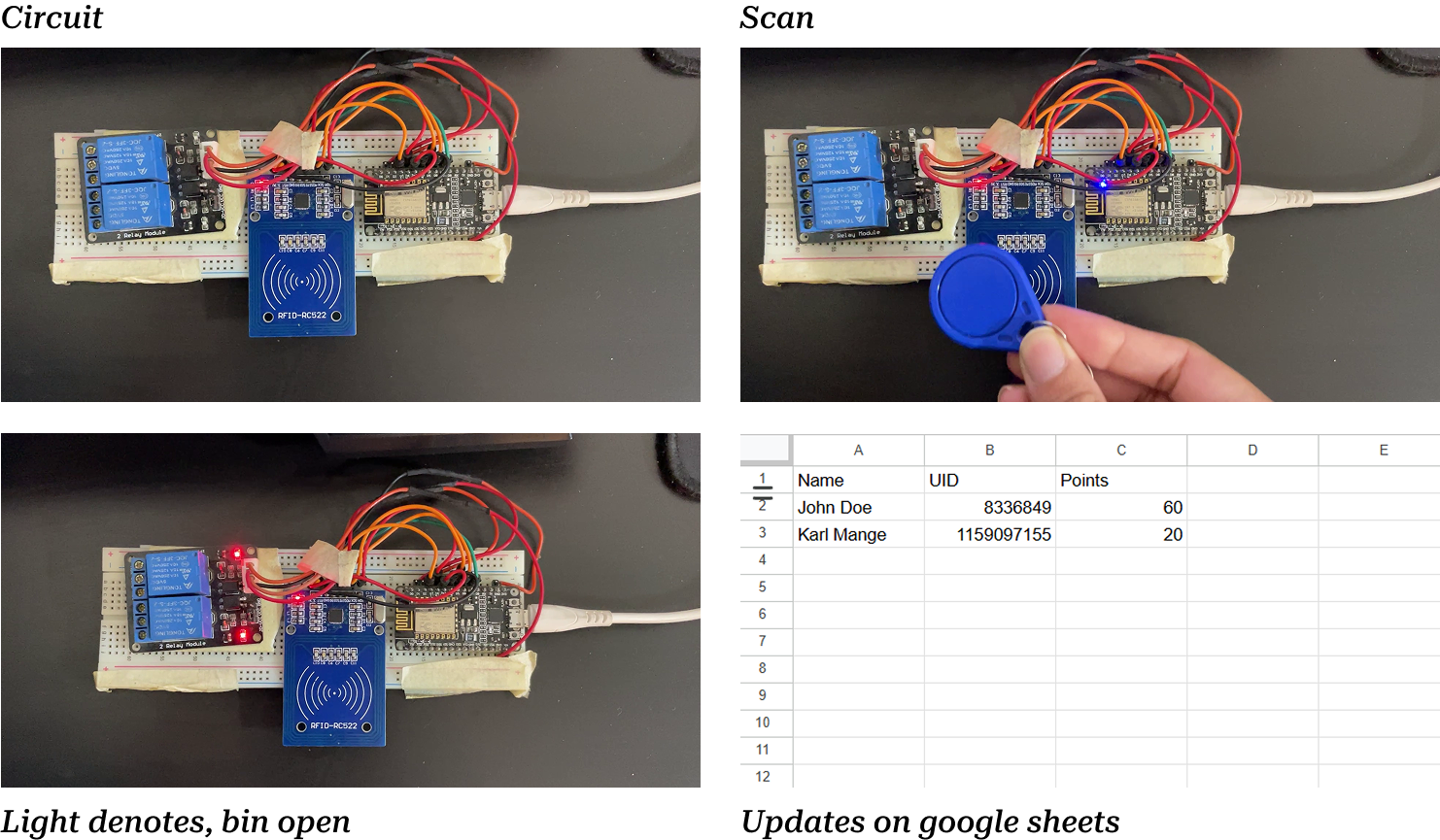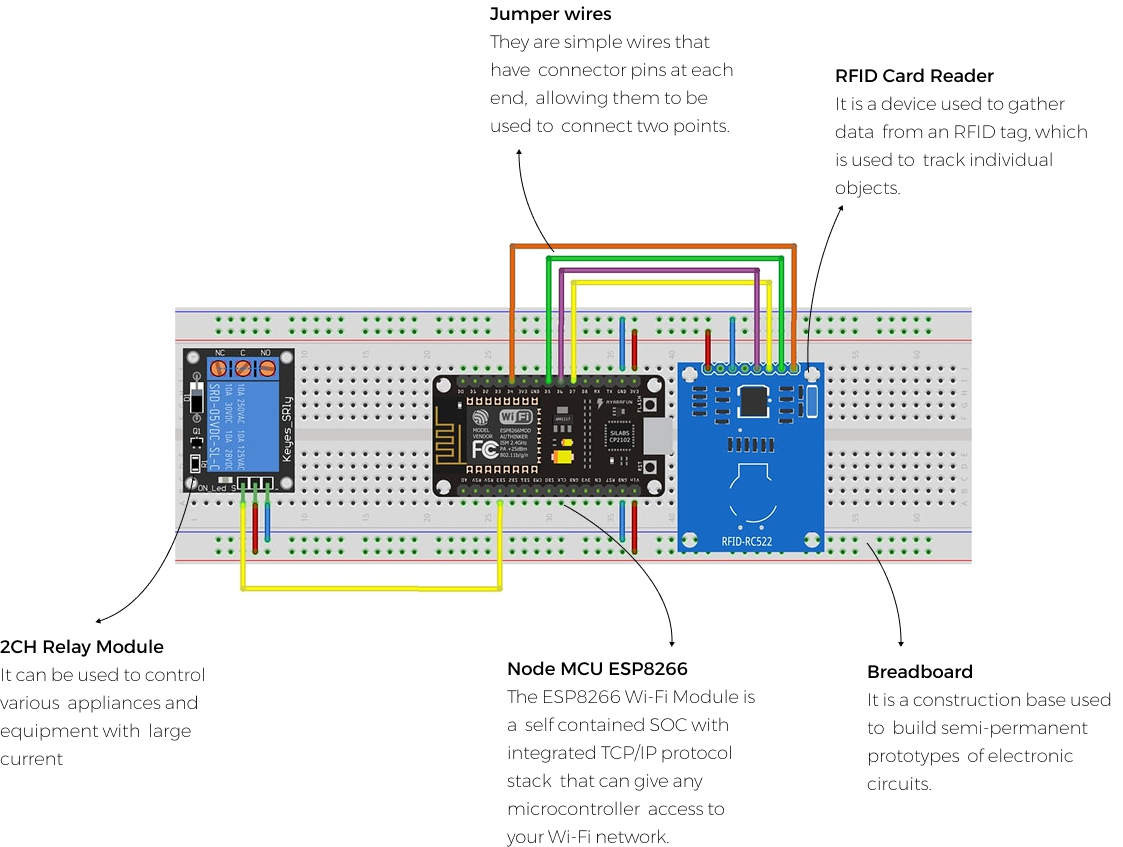
Behavioural Design,
Responsibility: Now at 10% Off
This project explores how behavioral design can enhance visitor engagement and conservation at Thol Bird Sanctuary in Gujarat, India. Drawing on behavioral science, psychology, and economics, it focuses on community involvement and habitat restoration to support long-term sustainability. Issues such as poor signage, limited resting areas, and a lack of emotional connection result in disrespectful behaviors, including littering. The project wants visitors to see the sanctuary as a protected place that we must take care of. Research shows that good design helps people form better connections with nature. By working with local communities and helping them feel responsible, the project encourages teamwork and uses ideas from human behavior to support more sustainable choices. It also shares clear suggestions for everyone involved and shows how to use behavioral design to protect these natural areas. This will help places like the Thol Bird Sanctuary stay healthy for many years to come.
-
Semester 8 - (We were a group of six - Vanshita Patel, Tulsi Thakkar, Tanmay Shelar, Rushikesh Kerur, Onkar Joshi, Aranya Adak) each tackling a different angle of the same topic, combining our efforts to create a unified whole. i.e. I focused on behavioural design, Onkar on UX, Tulsi on designing memorable merchandise and so on.

Keywords
Conservation, Behaviour Change via Design, Visitor Management, Responsibility,
Positive Visitor Engagement.
Why this Topic?
Introduction




%20(1).png)
Research Question
How can Thol Bird Sanctuary enhance conservation through visitor engagement?
What?
Concept Development


How?
Conclusion


Note: Another version of this concept is currently being developed as an extension of waste management: what if we could extract gold from waste? The goal is to file a design patent; hence, the entire prototype is not being documented here. This is just the first preview.

How?
Conclusion
“The One Connection” concept proposes a wristband ticketing system equipped with a unique RFID tag. The focus of this approach is to ease access and engage visitors with the sanctuary’s conservation programs. Visitors will not only contribute to the sanctuary’s upkeep by using facilities such as trash bins and bird feeders with wristbands but also bring more business to café or the gift shop. They will earn points on their tags for their participation, allowing them to redeem some discounts in the café or in the gift shop. Designated quiet zones along birdhouse trails would promote tranquillity and respect, allowing visitors to connect with the sanctuary's serenity and its diverse birdlife.
This approach is intended to not only enhance the visitor experience but also bolster the sanctuary’s commercial endeavours, creating a harmonious balance between ecological responsibility and economic growth. The strategy aims to enrich the sanctuary experience, ensuring visitors leave with a sense of fulfilment and the desire to return, while also securing the sanctuary’s financial future.
